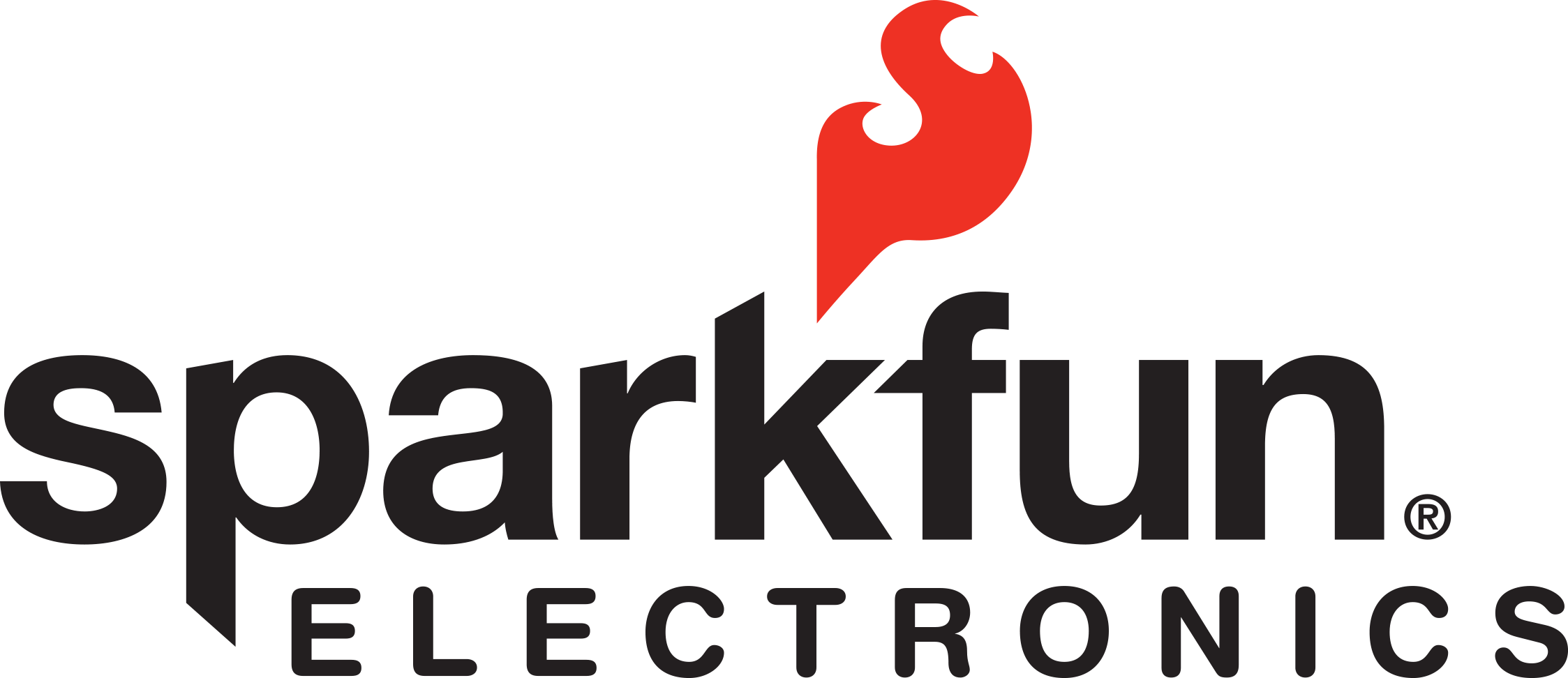
SparkFun
SparkFun 是一家为爱好者、创客和专业人士提供电子产品和资源的领先供应商。 他们成立于 2003 年,提供广泛的开源设计,包括开发板、传感器、组件和工具。 他们的产品满足机器人、物联网、可穿戴技术和数字制造等各种应用。 该公司的使命是让技术变得更容易获得、更有趣。 他们在网站上提供教程、项目和资源,鼓励电子社区的创新和创造力。 SparkFun 致力于为其产品提供卓越的客户支持和广泛的文档,以满足各种技能水平的个人需求。 SparkFun 通过论坛、活动和研讨会积极与社区互动,营造协作学习环境。 他们对可访问性、可负担性和社区参与的承诺使他们成为 DIY 电子产品领域值得信赖的品牌。 总体而言,SparkFun 是一家信誉良好的公司,提供高品质的电子产品,同时促进电子社区的可及性和创新。 由于重视客户满意度和社区参与,他们已成为行业的领导者。
Gas Sensors
Results:
12
Series
Type
Output
Voltage - Supply
Operating Temperature
Current - Supply
Accuracy
Oxygen Range
Results remaining:12
Applied Filters:
SparkFun
About Gas Sensors
Gas sensors are specialized devices engineered to identify and react to the existence or alterations in the concentration of specific gases. These sensors are distinguished by the type of gas they are capable of detecting, with examples encompassing acetylene, alcohol, benzene, butane, ammonia, carbon dioxide, carbon monoxide, various hydrocarbons, hydrogen, hydrogen sulfide, methane, natural gas, nitrogen dioxide, oxygen, ozone, propane, and sulfur dioxide.
The function of gas sensors is to provide accurate detection and measurement of the targeted gases. Each type of gas sensor is designed to be sensitive to a specific gas or a group of related gases. When the concentration of the target gas reaches a certain level, the sensor responds by generating an output signal indicative of the gas presence and concentration.
Gas sensors operate within a wide range of applications across industries such as environmental monitoring, industrial safety, automotive, healthcare, and consumer electronics. Their ability to detect and measure specific gases enables critical functions including air quality monitoring, gas leak detection, combustion control, and emission monitoring in industrial and environmental settings.
These sensors play a crucial role in ensuring safety, environmental compliance, and process efficiency in various applications by providing real-time data on gas concentrations. Additionally, advancements in gas sensor technology continue to enhance their sensitivity, selectivity, and reliability, further expanding their utility in diverse fields.












